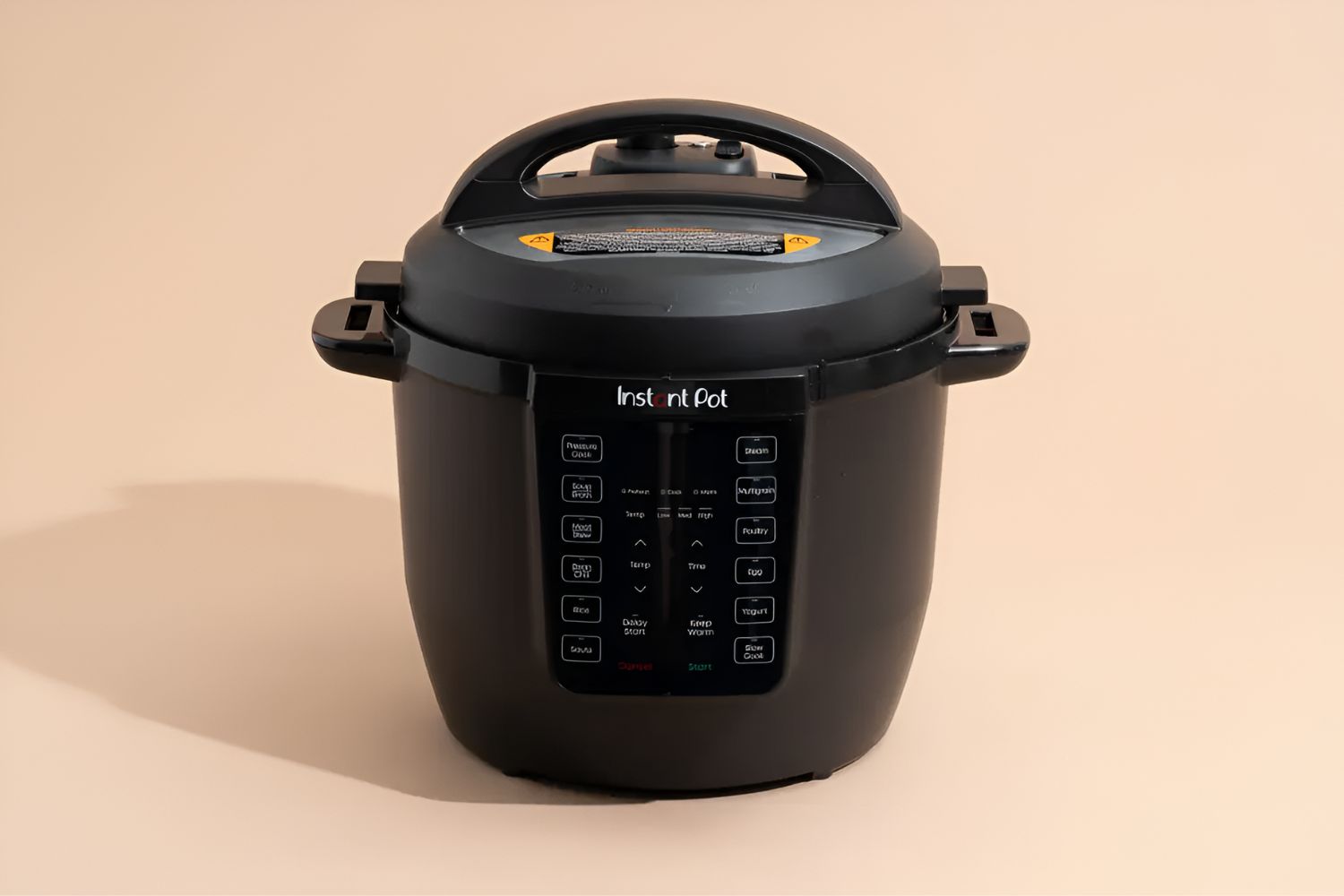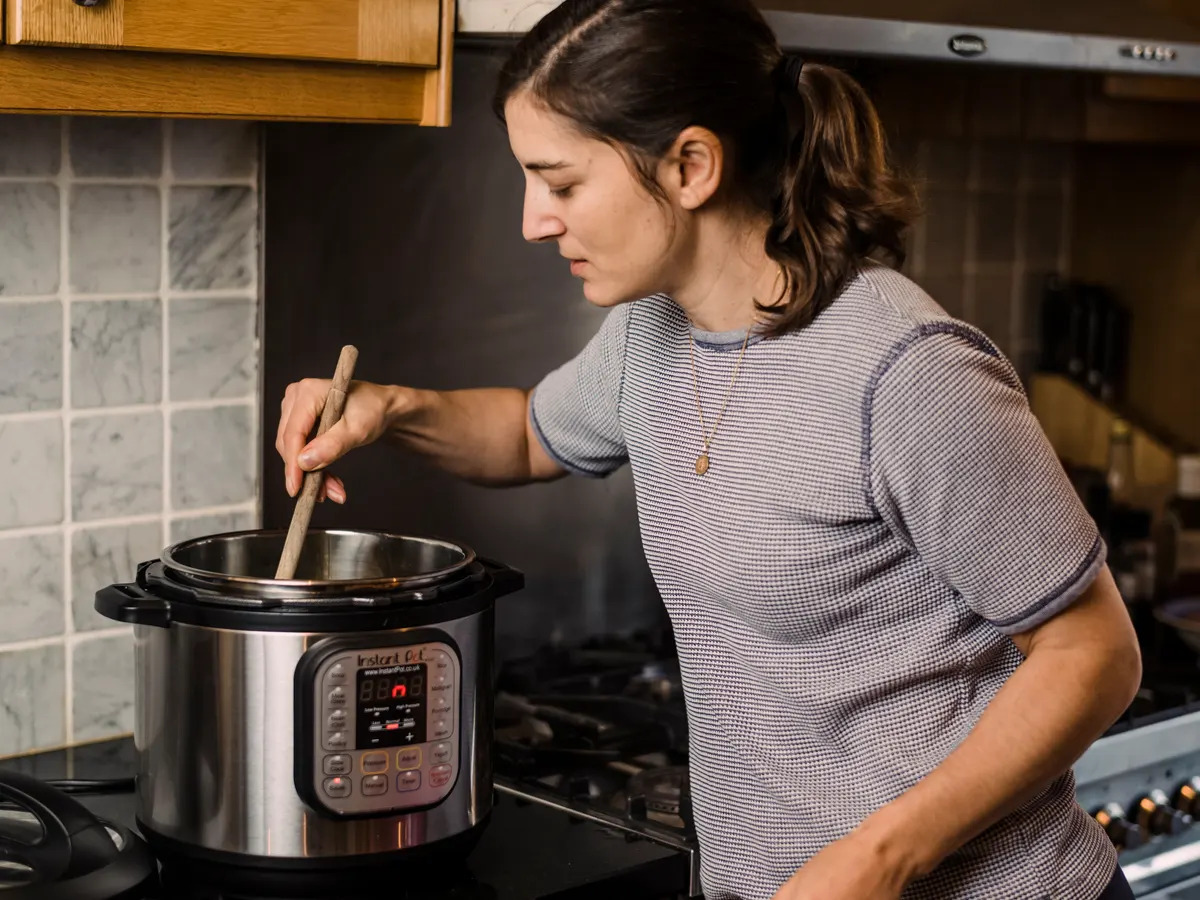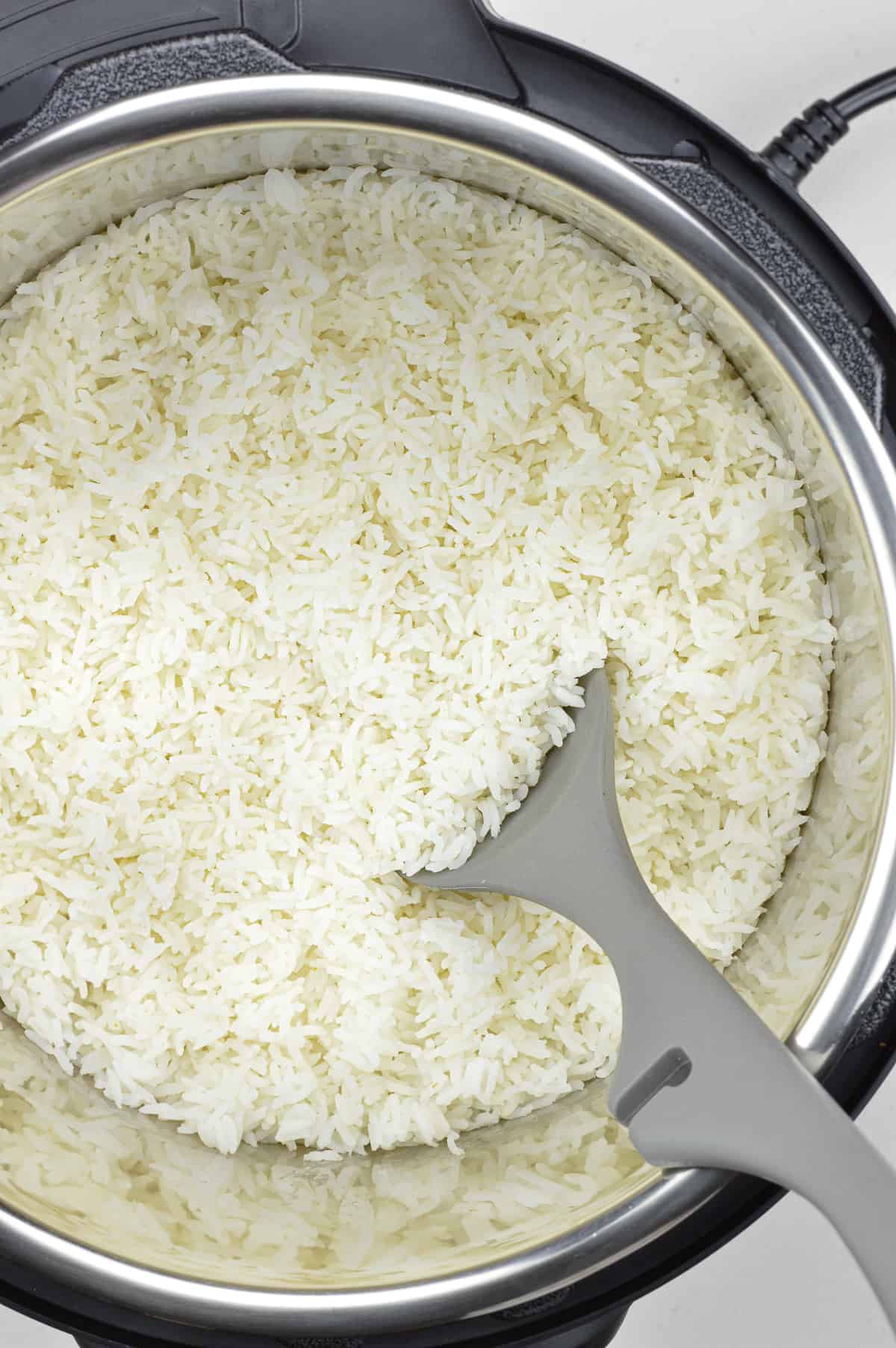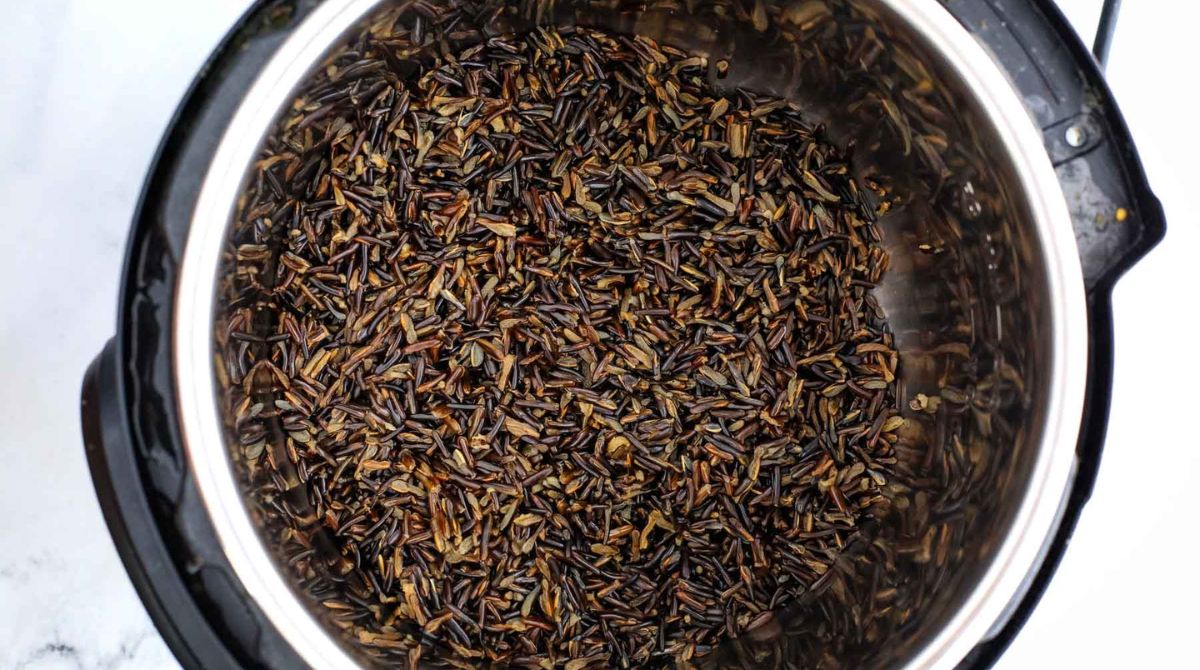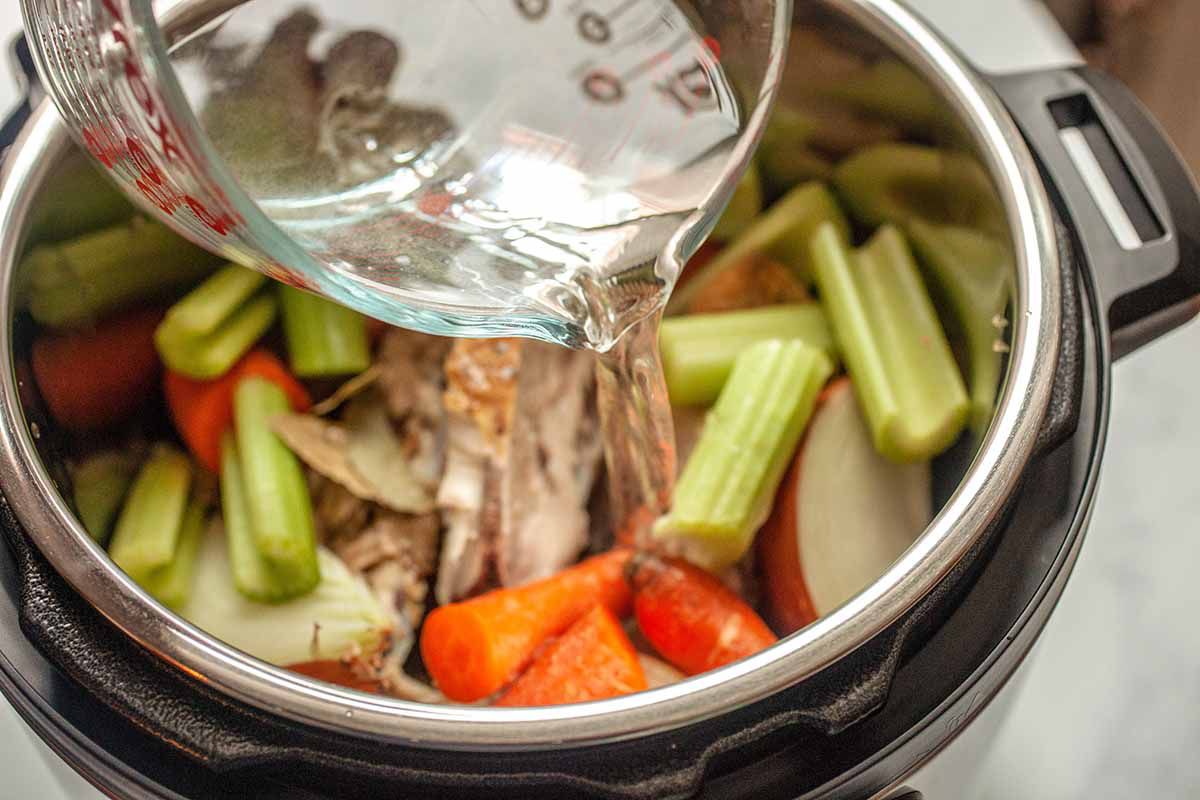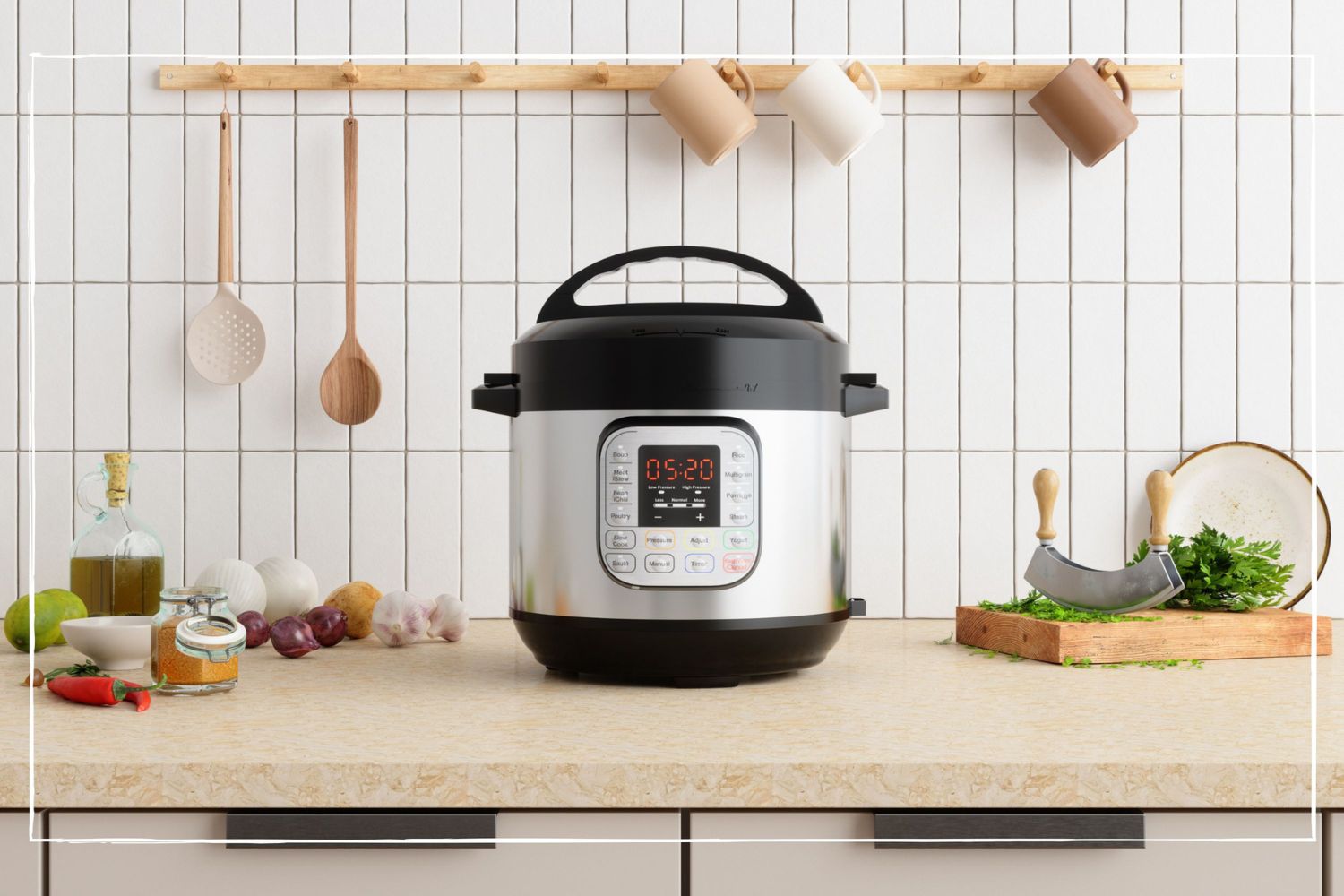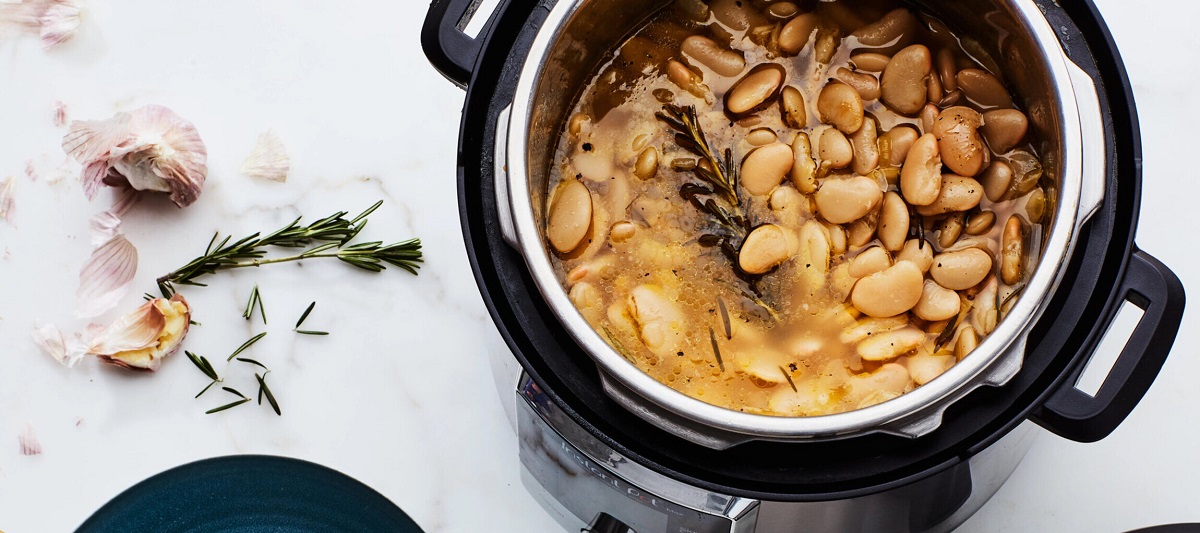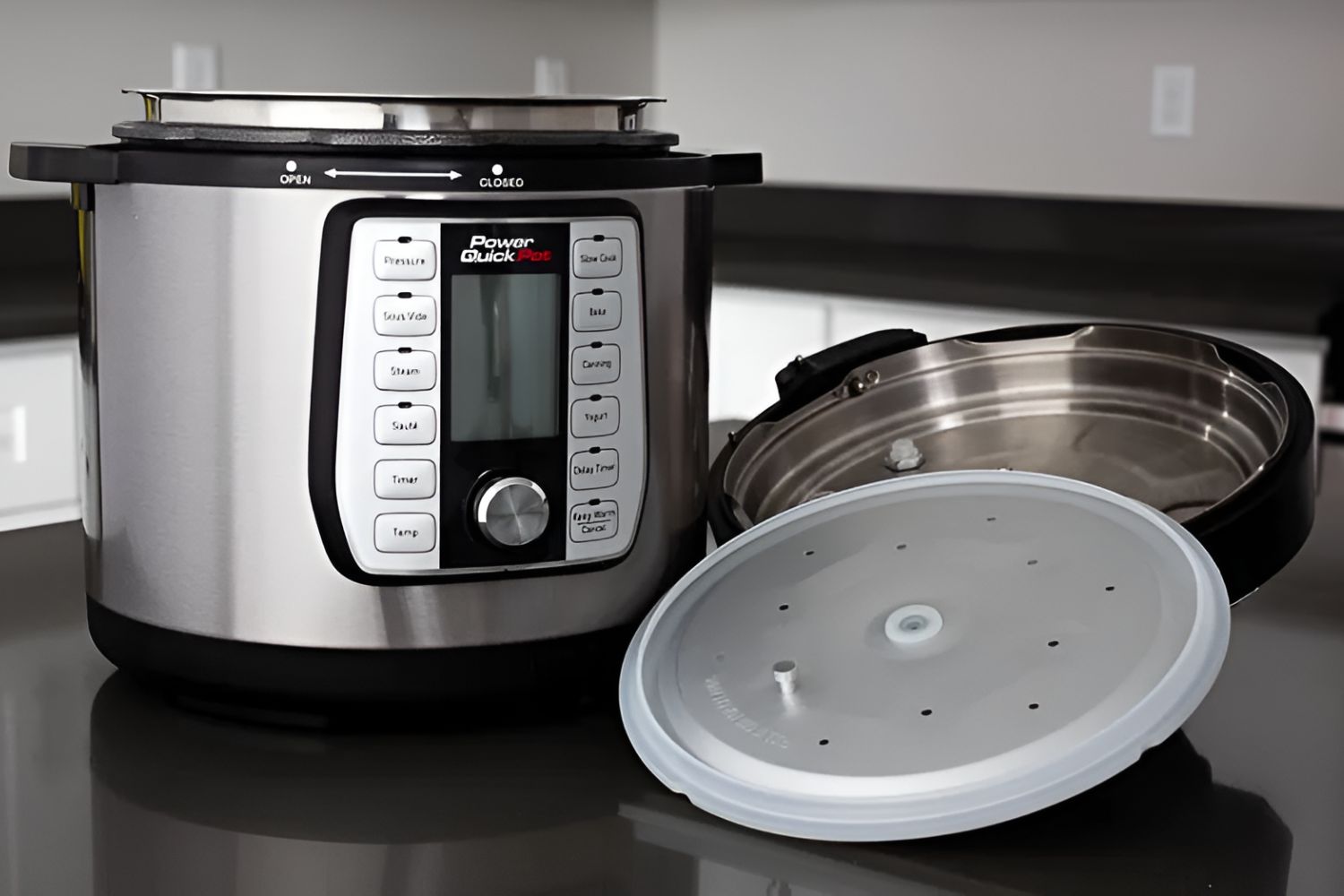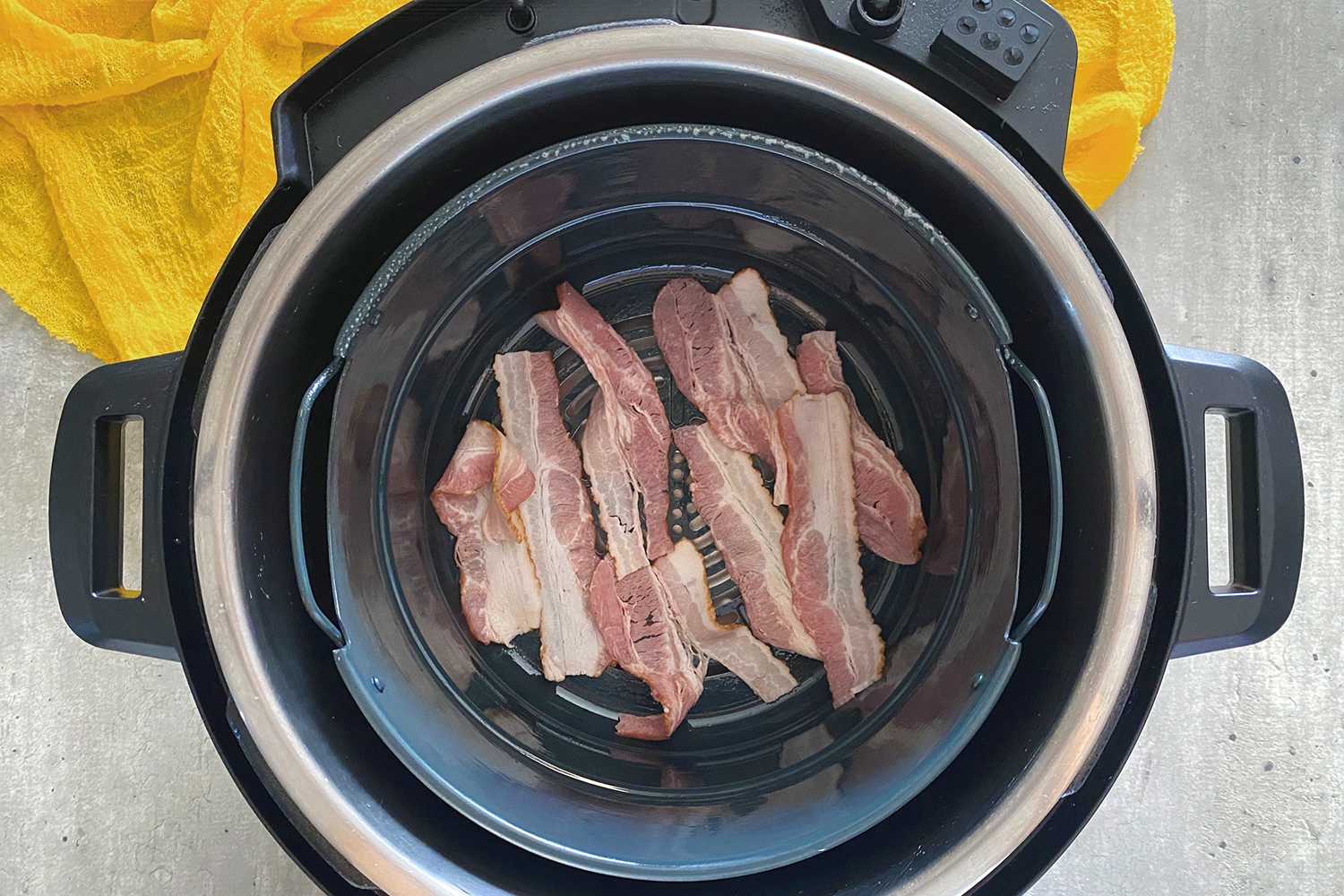Introduction
When it comes to preparing meals at home, efficiency and convenience are key considerations for many people. This is where electric pressure cookers and stovetop pressure cookers come into play. These innovative kitchen appliances are designed to expedite the cooking process and save you time in the kitchen. However, one common question that arises is how much longer an electric pressure cooker takes compared to a stovetop pressure cooker.
Electric pressure cookers have gained popularity in recent years due to their ease of use and set-and-forget functionality. They typically feature digital controls, multiple cooking functions, and automated pressure release mechanisms. On the other hand, stovetop pressure cookers are a more traditional option, relying on the stovetop heat source to generate and regulate pressure.
Understanding the differences in cooking time between electric and stovetop pressure cookers is essential to make informed decisions about which type of cooker to choose. In this article, we will delve into the factors that can influence cooking time and provide a comparison of cooking times between these two types of pressure cookers.
By the end of this article, you will have a better understanding of how long you can expect your meals to take in each type of pressure cooker, enabling you to plan your cooking sessions more effectively.
Let’s dive in and explore the world of electric pressure cookers and stovetop pressure cookers, and their respective cooking times!
Understanding Electric Pressure Cookers and Stovetop Pressure Cookers
Before we discuss the cooking times of electric pressure cookers and stovetop pressure cookers, it’s important to understand the key differences between these two types of cookers.
Electric pressure cookers are standalone appliances that are equipped with built-in heating elements. They are designed to be user-friendly, with digital controls and pre-set cooking functions. These cookers often have a variety of safety features, such as automatic pressure release valves and locking mechanisms, making them a popular choice for those who want convenience and peace of mind. Electric pressure cookers are great for individuals who prefer a hands-off cooking experience and enjoy the convenience of programming cooking times and settings.
On the other hand, stovetop pressure cookers are more traditional in design. These cookers rely on the heat from a stovetop burner to generate pressure. They typically consist of a metal pot with a locking lid and a pressure release valve. Stovetop pressure cookers offer a greater degree of control as the heat source can be adjusted, allowing for precise and rapid changes in pressure. These cookers are often favored by experienced cooks who enjoy having complete control over the cooking process and know how to adjust the heat as needed.
Both types of pressure cookers operate on the same basic principle: by trapping steam generated from boiling water, they increase the pressure inside the pot, which raises the boiling point of water and speeds up the cooking process. However, the mechanisms used to achieve and regulate the pressure differ between electric and stovetop pressure cookers.
While electric pressure cookers provide convenience and ease of use, stovetop pressure cookers offer more precise control and flexibility. Understanding the nuances of each cooker will help you decide which one best suits your cooking style and needs.
In the next section, we will explore the factors that can affect the cooking time in both types of pressure cookers, shedding light on the variations you can expect.
Factors Affecting Cooking Time
The cooking time in both electric pressure cookers and stovetop pressure cookers can vary based on several factors. Understanding these factors will help you adjust your cooking times and achieve the desired results.
1. Recipe and Ingredients: The type of recipe and ingredients you are using can greatly impact the cooking time. Denser ingredients, such as large cuts of meat or root vegetables, will require more time to cook compared to tender cuts of meat or softer vegetables. The size and quantity of ingredients will also affect the cooking time. Be sure to follow recipe instructions and adjust accordingly.
2. Desired Texture: The cooking time can vary based on your desired texture. If you prefer your food to be more tender and fall-apart, you may need to cook it for a longer period. Conversely, if you prefer your food to have more bite or retain its shape, you can reduce the cooking time slightly.
3. Altitude: The altitude at which you are cooking can influence the cooking time in pressure cookers. Higher altitudes have lower atmospheric pressure, which affects the boiling point of water. As a result, it may take longer for the pressure to build inside the pot, leading to increased cooking times. It’s important to consider this factor and make appropriate adjustments if you are cooking at a high altitude.
4. Initial Temperature: The initial temperature of the ingredients and liquid you add to the pressure cooker can impact the cooking time. Starting with room temperature ingredients may require slightly longer cooking times compared to using preheated ingredients. It’s also advisable to bring the liquid to a simmer before sealing the pressure cooker to minimize the time it takes to reach the desired pressure.
5. Cooker Size and Model: The size and model of the pressure cooker can affect the cooking time. Larger cookers may require more time to reach and release pressure, while smaller cookers may take less time. Additionally, different models of pressure cookers may have variations in heating power or pressure regulation, which can influence the cooking time.
By considering these factors and making necessary adjustments, you can have better control over the cooking time in both electric and stovetop pressure cookers. In the next section, we will provide a comparison of cooking times between these two types of pressure cookers to give you a better idea of the differences.
Comparing Cooking Times: Electric vs Stovetop Pressure Cookers
When it comes to comparing the cooking times of electric pressure cookers and stovetop pressure cookers, there are some noticeable differences to consider. While both types of cookers can significantly reduce cooking time compared to traditional methods, certain factors come into play.
Electric pressure cookers generally take slightly longer to reach pressure compared to stovetop pressure cookers. This is mainly because electric pressure cookers rely on the built-in heating elements to generate heat and bring the contents of the pot to a boil. The time it takes to reach pressure can vary depending on the size of the cooker, the quantity of ingredients, and the initial temperature.
In contrast, stovetop pressure cookers use the direct heat from a stovetop burner, which allows for more rapid heating. They can usually reach pressure faster compared to electric cookers. The time it takes for stovetop pressure cookers to reach pressure depends on the heat source, the size of the burner, and the initial temperature of the ingredients.
Once both types of pressure cookers have reached pressure, the cooking times for specific recipes are generally comparable. The cooking time will depend on the recipe itself, including the type and cut of meat, the size of the ingredients, and the desired texture.
It’s important to note that electric pressure cookers often have a longer natural release time compared to stovetop pressure cookers. Natural release refers to letting the pressure release on its own without using the quick-release valve. This can add additional time to the overall cooking process, but it allows for a gradual release of pressure, which can be beneficial for certain recipes.
Ultimately, the difference in cooking times between electric pressure cookers and stovetop pressure cookers is relatively minimal and can be adjusted based on the factors mentioned earlier. Both types of cookers offer significant time savings compared to conventional cooking methods, allowing you to prepare delicious meals more efficiently.
In the next section, we will provide some useful tips for converting cooking times between electric and stovetop pressure cookers and vice versa.
Recipes and Cooking Time Conversion Tips
Converting cooking times between electric pressure cookers and stovetop pressure cookers can be helpful when using recipes that specify a different type of cooker. Here are some tips to guide you in converting cooking times:
1. Start with Similar Cooking Times: If a recipe suggests a specific cooking time for an electric pressure cooker, you can start with that time as a baseline when using a stovetop pressure cooker. Adjust the time accordingly based on the factors mentioned earlier, such as the size of the cooker, initial temperature, and desired texture.
2. Consider Pressure Release Methods: As mentioned earlier, electric pressure cookers often have a longer natural release time compared to stovetop pressure cookers. If a recipe calls for a specific pressure release method, adjust the overall cooking time to account for the differences in pressure release time between the two types of cookers.
3. Use the Same Pressure Level: Both electric and stovetop pressure cookers usually operate at a standard pressure level. When converting cooking times, ensure that you are using the same pressure level specified in the recipe. This will help maintain consistency in the cooking process and ensure the desired results.
4. Monitor the Cooking Process: When using a different type of pressure cooker than the recipe suggests, it’s essential to monitor the cooking process closely. Check the progress of the food and perform a quick visual and texture assessment. If needed, extend or reduce the cooking time based on your observations to achieve the desired doneness.
5. Experiment and Adapt: Converting cooking times between pressure cookers may require some trial and error. Each cooker and recipe can have slight variations, so don’t be afraid to experiment and adapt as you gain more experience. Keep notes of the adjustments you make, so you can refer to them in future cooking endeavors.
By following these cooking time conversion tips, you can confidently use recipes designed for a specific type of pressure cooker and achieve fantastic results, regardless of whether you are using an electric or stovetop pressure cooker.
Now that we have explored the differences in cooking times and provided tips for converting recipes, let’s recap the information we have covered in this article.
Conclusion
In this article, we have highlighted the differences in cooking times between electric pressure cookers and stovetop pressure cookers. While electric pressure cookers may take slightly longer to reach pressure compared to their stovetop counterparts, the overall cooking times for specific recipes are generally comparable. The cooking time can be influenced by factors such as the recipe and ingredients, desired texture, altitude, initial temperature, and the size and model of the pressure cooker.
It’s important to understand the nuances of each type of pressure cooker and make necessary adjustments to achieve the desired results. Whether you prefer the convenience of an electric pressure cooker or the precision and control of a stovetop pressure cooker, both options offer significant time savings compared to traditional cooking methods.
When converting cooking times between electric and stovetop pressure cookers, it’s recommended to start with similar cooking times, consider pressure release methods, use the same pressure level, monitor the cooking process, and be open to experimentation and adaptation. These tips will help you successfully convert recipes and achieve delicious meals with either type of pressure cooker.
Ultimately, the choice between electric and stovetop pressure cookers depends on your personal preferences, cooking style, and specific needs. Consider the convenience, ease of use, control, and features offered by each type of cooker to determine which one aligns with your cooking goals.
Now armed with the knowledge and understanding of cooking times and conversion tips, you can confidently embark on your pressure cooking journey and enjoy the efficiency and delicious results that these appliances bring to your kitchen.







